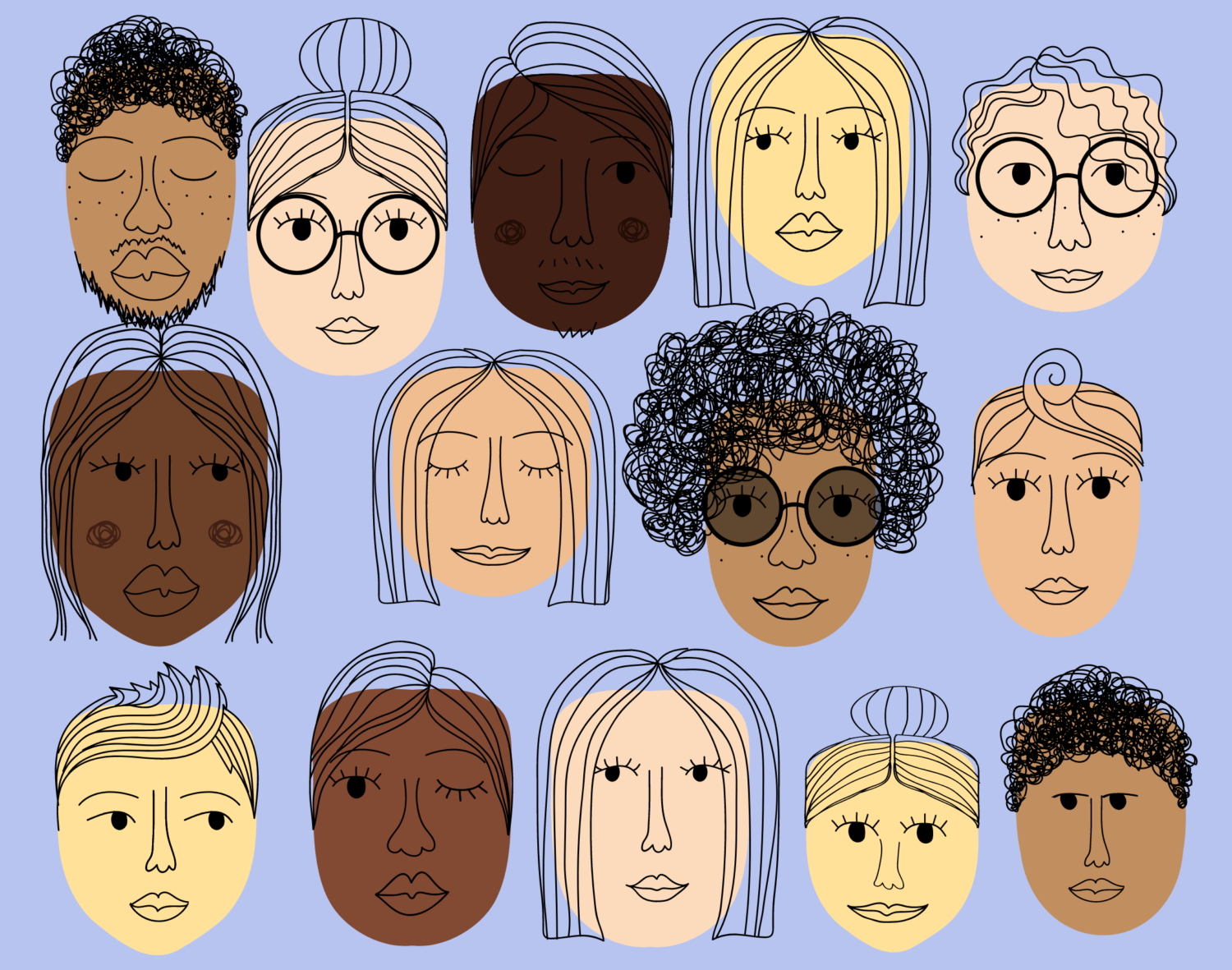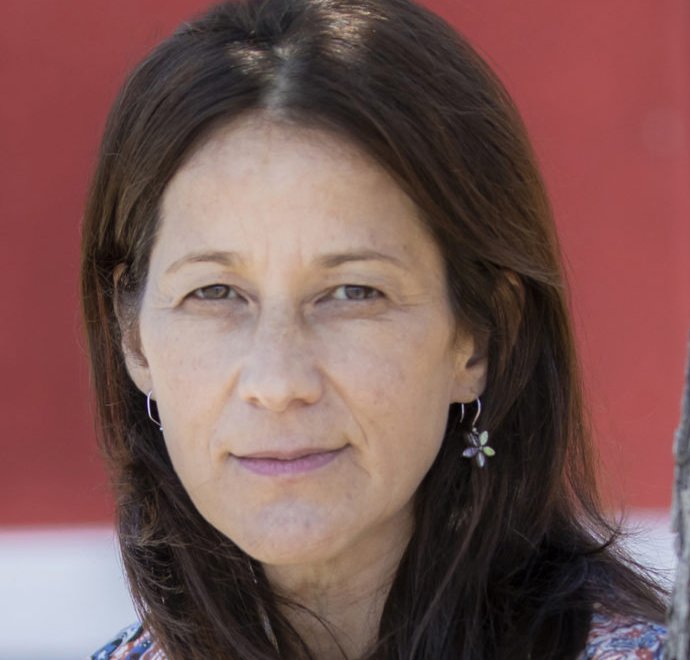“Your coverage is so biased.” The complaint is so ubiquitous that it’s often an easy one to disregard.
But on a fundamental level, it’s also true. Who we are as human beings gives all of us a specific perspective on the world, and that perspective influences how we do journalism. What do we find interesting or noteworthy? Reasonable? Unusual? Problematic? Unfair?
That doesn’t mean that all journalists are intentionally producing work that mirrors their own preferences and agendas. It does mean that we all need to be on the lookout for how our assumptions, experiences and values affect our coverage. We also need to identify and accommodate our own blind spots. And we need to talk more openly in the newsroom about what they are.
At our organizations — Trusting News and Spaceship Media — we think about those assumptions, experiences and values as Dimensions of Difference. What human experiences can our staff relate to? What values do we share with our communities, and what separates us?
We know of course that journalists are often whiter than their communities. Journalists are also more likely to have a college degree, more middle to upper class (by actual salary or by mindset) and are typically less likely to live in low-income areas. They are also different on any number of other factors — probably less likely, for example, to be disabled, to be religious or to have served in the military. And they are also less likely to vote conservative.
At their best, newsroom teams hold each other accountable for fairness, nuance and depth. We read behind each other’s work — especially when we have something specific to offer. Does your staff have go-to folks their colleagues rely on for input about specific coverage? Maybe one who’s a young parent or a veteran or really into pop culture or from a certain geographic area or speaks a certain language?
What about on sensitive or tricky subjects? Do you have a colleague who grew up in poverty who can offer input on how stories will land? Or one who is anti-abortion, or skeptical about vaccines? So many kinds of visible and invisible diversity can come into play.
At Trusting News, we have been hearing from journalists who say that they are sometimes afraid to say what they really think in their newsrooms. They are hesitant to question the assumptions they see embedded in their colleagues’ coverage. At Spaceship Media, where our work centers around supporting genuine conversations across difference in a journalistic context, we are keenly aware that the ability to engage around all dimensions of our differences can be challenging and sometimes painful. But being able to talk frankly, with nuance and depth, within our newsrooms is essential to serving our communities.
Let’s talk about our values and biases
How well can your newsroom talk productively about those dimensions of difference? The conversations can be intimidating and messy, but having them creates more accurate, reflective, nuanced journalism for the communities we serve.
Together, our teams have created a Dimensions of Difference Newsroom Guide to help journalists identify their own internal values and blind spots and have productive conversations about how their coverage can improve.
The guide walks newsrooms through these sections:
Who you are: When we have more understanding of who we each are as individuals – our values, ideas, motivators, experiences, families, communities – it strengthens our journalism. We are neither blank slates nor neutral parties. We each come from somewhere and the ways we see, notice and think is a result of where we’ve come from.
Your newsroom: Each newsroom has its own set of guiding ideals and values. Some news organizations have manifestos or guidelines, others do not. Some have clearly articulated standards and ethics, others do not. In addition to formally articulated principles, there are assumptions, values and habits that stay unarticulated and unexamined. What are the goals and ideals that guide the news judgment, reporting and editing in your current newsroom?
Your community: Newsrooms are very often staffed by people who have different values and views than the communities they cover. How much do you know about the people you serve? Who are they and how are you alike and different from them? This awareness can help us create reporting that is more useful, relevant, considerate and nuanced.
Looking at stories: How do values show up in specific stories — either intentionally or accidentally? How are your personal perspectives present in how you assign stories? How are they present in how you frame and source them? How about in the words you choose? Let’s examine specific coverage.
Newsroom conversations: What are the points of difference or friction in your newsroom? What concerns would you like to raise, and how would you start? Having a productive dialogue around challenging issues can be improved by always: assuming good intentions (the vast majority of us have them), listening first (asking genuinely curious questions), and by remembering that the relationships and trust needed for open conversation are built with care over time.
We’d love for newsrooms to work through the guide together, and it will also work for individual journalists who want to jump into just a section or two.
One important note about this project: Dimensions is not a DEI initiative. Our intention is to help people surface the many facets of difference that exist amongst journalists and to support the development of productive strategies for communicating about them.
How the Dimensions of Difference Newsroom Guide was created
The Trusting News team, as part of our Road to Pluralism initiative, started talking to partner journalists in 2021 about which values and experiences are well represented in newsrooms and which are not. That led to this question: Could hiring managers take these issues of intellectual diversity into account when interviewing job candidates? Together with our newsroom partners, we created a Dimensions of Difference Hiring Guide, with suggested interview questions and advice from journalists and HR teams. (Poynter wrote about the hiring guide here.)
The Spaceship Media team’s work centers around hosting journalism-supported conversations between people on opposite sides of polarizing issues in partnership with newsrooms. Journalists serve as moderators, while also providing information to the group participants. We have also worked with teams of journalists, helping support conversations when views, values and expectations have limited the kind of constructive dialogue that the creation of meaningful content requires.
In the summer of 2022, Spaceship Media and Trusting News, with funding from New Pluralists, paired up to create a Dimensions of Difference workshop, in which teams from six newsrooms grappled with their own embedded values and blind spots and identified where they could most improve their coverage. We are continuing to coach those six newsrooms as they work to improve. And one of our research partners, Sue Robinson of the University of Wisconsin-Madison, is working alongside us to assess what newsrooms take away from the work and how it impacts their journalism.
The new Dimensions of Difference Newsroom Guide is designed to scale that workshop — to make it possible for any newsroom to have some support in navigating these tricky waters. We also plan to offer more workshops and coaching on this issue in 2023. If you are interested in hosting those conversations at an industry event or in your newsroom, please get in touch. And if you’d like us to talk you through this guide, register here for our Jan. 12 webinar.








